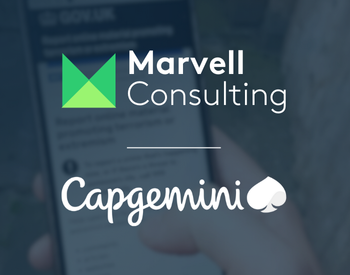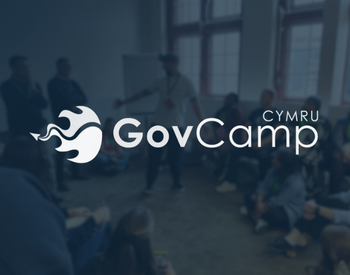
Creating digital services for the public sector means working with colleagues across different teams in government. Policy teams are particularly important, as the digital service should align with broader policy priorities and objectives, such as improving public health outcomes or reducing social inequality.
In our experience, working with policy teams can be challenging because they operate in complex specialist domains, and they are often separated from delivery teams. So, how can you work with policy colleagues to develop effective digital services?
Engagement with your policy leads needs to happen from the outset so you’re able to define a suitable level of involvement and desired outcomes. Mapping and identifying different stakeholders, roles and relationships is as important as agreeing their availability and preferred ways of working throughout the project.
Teams must spend time to understand the policy landscape and intent behind the service. If it is a policy reform, teams need to understand the change, expected impact on operations and rationale behind it. Getting agreement over the problem to solve, and how to work together to solve it, is an important first step.
New teams are formed with people from different organisations that often need to work together in a short space of time to deliver digital services. These people might have different areas of expertise or use different vocabularies from one another. We have found that good communication is underpinned by avoiding jargon and explaining the user-centred design process to colleagues who are new to this approach. Equally, it is important to understand the terms they use in their work and to ensure a common language is used that everyone understands.
Building effective relationships starts with timely collaboration activities. Treat your policy team members as part of your multidisciplinary team and engage them in workshop activities. Work together, for example, to define questions to explore in user research sessions and invite them to observe a live user research session so they can see the impact first-hand and ask them to take part in research debriefs. You can also use journey-mapping tools, such as Miro or Mural, to map the user’s journey across different scenarios together, and build up a shared view of the service, its pain points and areas of opportunity.
We encourage a culture of experimentation from the start, as it reduces risk and helps to achieve better outcomes. As such, we recommend obtaining feedback from policy colleagues by sharing prototypes of design solutions and factoring in their suggestions. Aim to develop hypotheses jointly and test them with real users involving skilled researchers who design and facilitate sessions using an inclusive, ethical and unbiased approach. This way you can gather data to ensure that design decisions are based on evidence rather than opinions, while sharing what you’ve learnt openly at regular show & tells.
To achieve desired outcomes you need to demonstrate the benefits a user-centred approach brings including, increased adoption and usage, and reduced risk of non-compliance with policies. Define your Key Performance Indicators (KPIs) and provide ways to obtain data from the service, so its performance can be measured easily. Additionally, don’t forget to develop user feedback surveys and make them available at key stages of the service to help monitor users thoughts on the service and gather data to help inform future policy development.
Traditionally, policy teams are separated from digital teams in their organisations, where policymaking and delivery sit on opposite sides. This does not need to be the case anymore. We recommend four practical steps you can take to bring them together:
If you’d like to find out a bit more about how to make the most from working with policy teams, please reach out to us for a chat at hello@marvell-consulting.com, and we’d love to share a bit more insight.

Marvell Consulting is proud to join Capgemini in supporting a new Home Office initiative aimed at scaling user-centred design (UCD) capabilities across the department’s digital services.

Last Friday, we had the pleasure of heading to GovCamp Cymru. We thought we’d share some of our highlights from the day’s fascinating discussions.

We’re thrilled to announce that we’ve been accepted onto G-Cloud 14, solidifying our position as a trusted digital partner to the UK public sector.
Whether you’re ready to start your project now or you just want to talk things through, we’d love to hear from you.